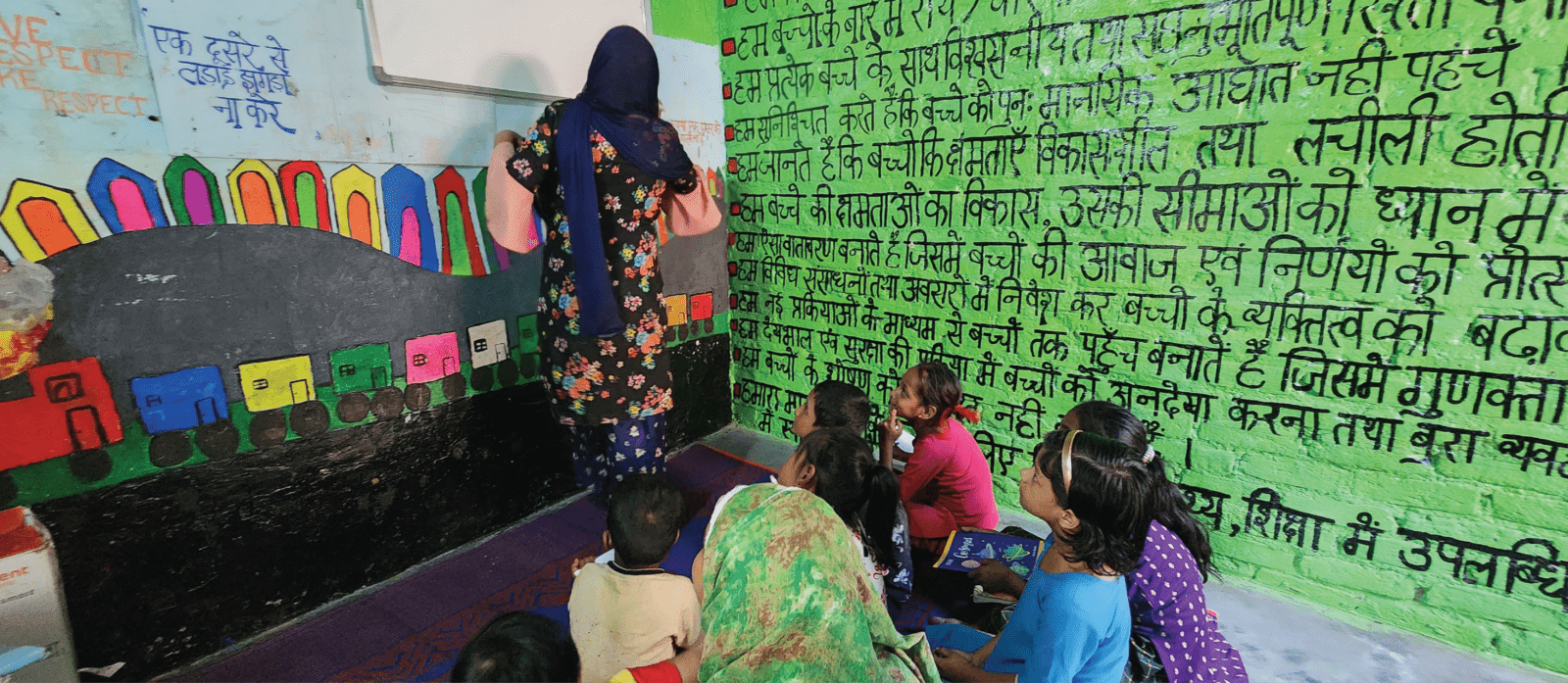The National Education Policy, 2020 (NEP 2020) is a transformational policy that makes radical departures from India’s long-standing education system. With the aim of positioning India as a global knowledge superpower, the new policy presented a new system that is rooted in Indian ethos and held upright by the pillars of access, equity, quality, affordability and accountability.
The NEP 2020 proposed several revisions and revamps such as reforms in school exams, establishment of a National Research Foundation, focus on vocational education, and the much-talked about three-language formula. Among the staggering revamps proposed in the NEP 2020 was the recommendation of a new educational framework for students between the ages of 3 to 18 years, which is the 5-3-3-4 pattern.
Originating from this new educational framework is a concern that has presently caused anxiousness among parents and uncertainty among officials—the altered minimum age for enrolment in grade 1.
Let’s unbundle this debate step-by-step!
1. What is the new altered minimum age for enrolment in schools?
The NEP 2020 replaced the existing 10+2 educational framework with the 5+3+3+4 framework. Here’s the breakdown of the pattern.
Foundational Stage – 5 Years
Age 3 to 6: 3 Years (Anganwadi/Pre-school/Balvatika)
Age 6 to 8: 2 Years (Class 1 & Class 2)
Preparatory Stage – 3 Years
Age 8 to 11: Class 3 to Class 5
Middle Stage – 3 Years
Age 11 to 14: Class 6 to Class 8
Secondary Stage – 4 Years
Age 14 to 18: Class 9 to Class 12
With the new framework comes a new age cut-off for children to be enrolled in nursery and class 1. According to the old criteria, the age cut-off for nursery class was for the child to have completed 2 years and 6 months the month of June of the academic year. Similarly, for class 1, the minimum age for admission was 5 years and 6 months.
As per the new criteria, the child should have completed 3 years for enrollment in nursery, and 6 years for grade 1.
2. Why was this reform suggested?
The reform in age cut-off for enrollment was suggested with the view that children will have undergone more developmental growth, and will be ready for the academic demands of primary school. Furthermore, the directive promotes equity by giving all children the opportunity to mature emotionally, socially, and cognitively before beginning formal schooling.
3. What is the concern?
The concern lies among the group of parents whose children have completed five and a half years but not completed six years. The NEP is believed to be implemented in the academic year 2024-25. Take for instance a child born in September, who taken admission before the application of this criteria, The child won’t complete six years by June 2024. Does the child then repeat the year in preschool?
States like Karnataka have relaxed the rule till the academic year 2025-26 to avert the situation where a child may have to repeat a year. Presently, it is unclear if the Maharashtra government will take similar steps.
4. Resistance from Parents
A group of parents challenged the minimum age criteria in Kendriya Vidyalaya for the upcoming academic session. However, the Supreme Court observed that children are better off starting later, favoring the mandate of the NEP.
5. What does research say?
Finland and most of Scandinavia are known for the excellent educational outcomes. Here, children enter Grade 1 at age six or seven. Famously in Japan and across East Asia too, six is the standard age for starting primary school. In the USA and the UK children generally start school at 5.
6. What is the current status of minimum age for enrolment?
As of February 2024, the Center released a notice urging all states and Union Territories to implement the age of admission as per the NEP 2020, in the academic year of 2024-25. With this notice, the Ministry of Education emphasizes on the importance of uniformity and adherence to NEP guidelines across the country.
However, states like Kerala have asked for a relaxation in the directive, while in states like Maharashtra the NEP is gradually being implemented across all colleges, universities and private & public schools.





